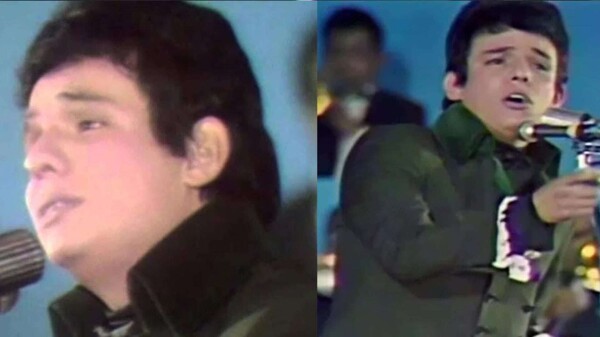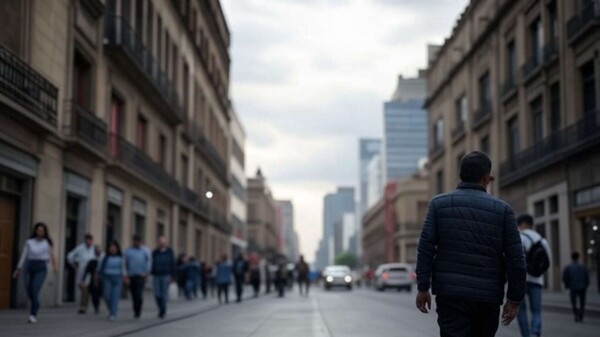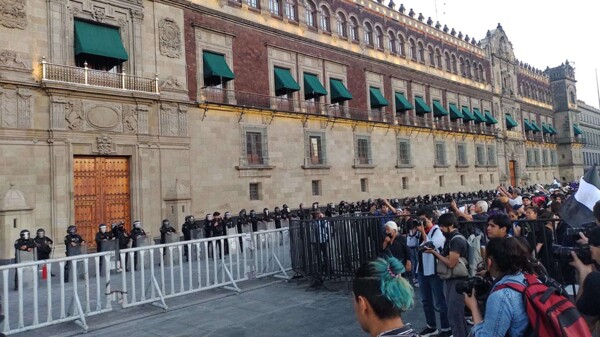
In 2008, during the peak of emo culture, a significant conflict arose with punks, another marginalized subculture, at the Glorieta de Insurgentes in Mexico City. Despite sharing a common rebellion and rejection of social norms, these two urban tribes differed in their styles and ideologies.
Emos, recognized for their emotional and reflective aesthetic, were commonly stigmatized as vulnerable and melancholic, even being labeled as "drug addicts" or "immature." In contrast, punks, with a more aggressive appearance and a defiant attitude rooted in resistance movements since the 70s, viewed emos as a diluted version of their own subculture.
The confrontation at the Glorieta de Insurgentes was characterized by physical and verbal aggressions that reflected the deep mutual rejection that existed between emos and punks at that time. The reasons behind the fight were not entirely clear, but media coverage contributed to exacerbating tensions by creating a narrative of confrontation and exaggerating the stereotypes associated with both tribes.
This dispute between two emblematic subcultures showed how prejudices and misunderstandings can trigger violent confrontations, especially in a context where emo culture was viewed with disdain by significant sectors of society.














